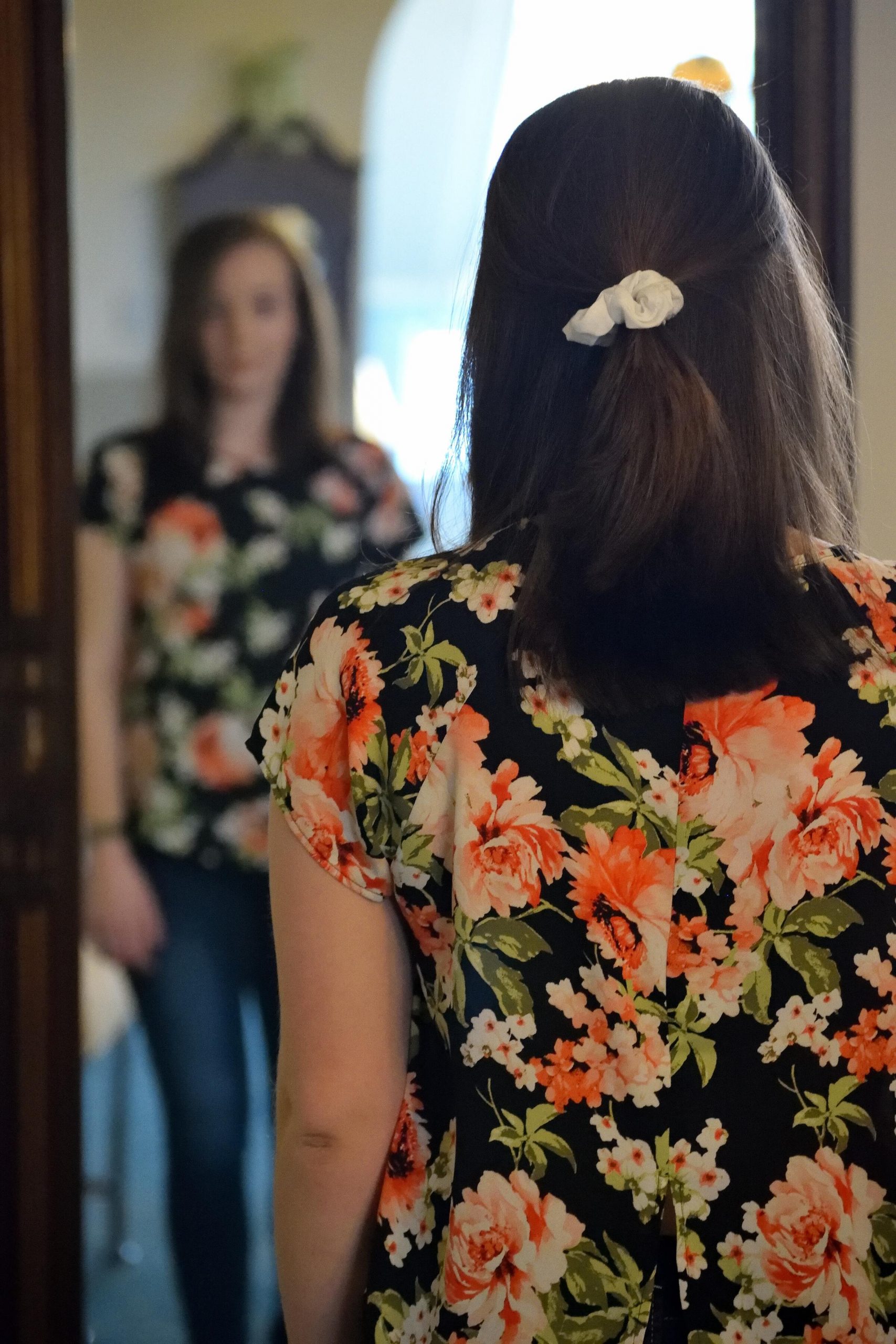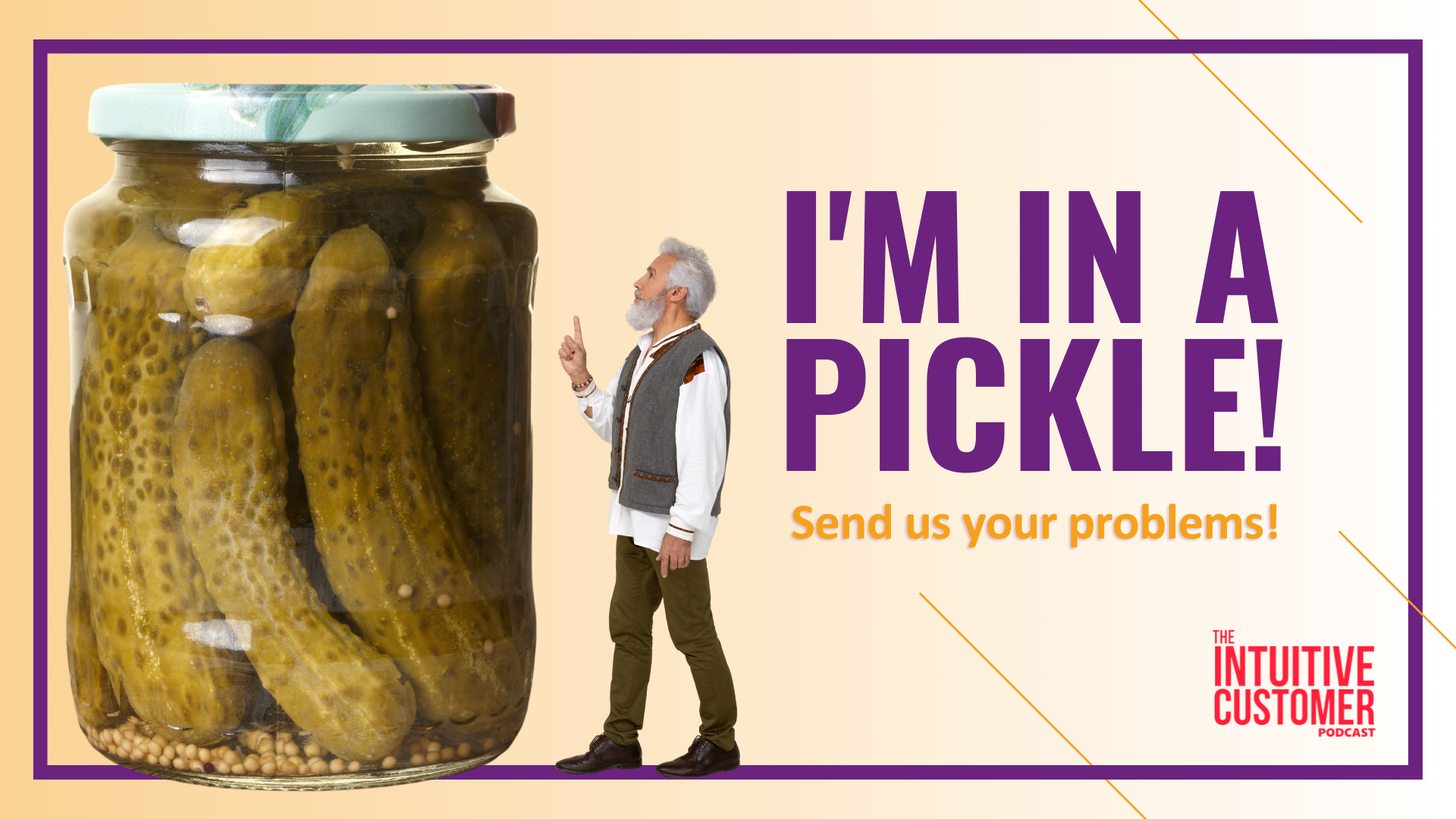That Apple is an exceptional brand is an idea I hold near and dear to my heart, and I cannot be convinced my beloved technology company could do wrong. Even with an indisputable truth that they had done wrong, I would choose not to believe it. Like your loyal customers would be, I would be reluctant to update my previous beliefs about it.
So, why is it that no matter what data you give a person that conflicts with their firmly held beliefs, it doesn’t alter their thinking? Why do human beings reject information out of hand?
Today, we are going to take a look at why. We will see what is going on psychologically when we refuse to update beliefs and how that affects your customer strategy.
Because…Irrationality
Part of the problem is that we are irrational beings or emotional, if you like that word better. If we were rational, when we got new, updated information, we would incorporate that straightaway. Our beliefs would be up-to-date with fact-based foundations built upon the latest and greatest data available about any given subject. But they aren’t because we aren’t. Or at least we aren’t rational all the time.
Because…Self-Image
Another reason we reject information if we disagree with it could be because we define ourselves in part through the brands we buy. If a brand message resonates with you, you may pull it into your identity or how you see yourself. It’s not embedded to the same extent as your family, but it’s there. In my case with Apple, I push away negative information because I don’t want to associate my self-image with that negativity.
Because…Exclusivity
A third contributing part of this irrational reaction is that a person might reject facts for something they like better because embracing a non-mainstream theory or understanding can make you feel unique or intelligent. The outlandish tale has a forbidden knowledge aspect, like “Most people are not smart enough to have dug this up, but I did!” Many people embracing non-mainstream theories say, “I’ve done my research,” indicating that they’ve earned their knowledge instead of accepting a crazy idea they read on social media. (Unless that was the “research.”) Sometimes counterintuitive brands we associate with might provide some sense of identity or superiority if we frame it that way.
Changing Minds over Time
Climate change has been one of those areas that have been hotly contested (see what I did there?). I was reading Attest’s Sustainability trends report 2022, and a few interesting stats came out of that about climate change:
- The vast majority of Americans, 94 percent, believe that climate change is happening, and only six percent think it’s not.
- I read that 52 percent say their view on climate change has altered in the last year, and 38 percent believe that climate change will directly affect them in their lifetime.
- This change happened over a while with a concentrated effort by proponents of climate change, including changing the terminology from global warming to climate change instead.
There is also a vital social component to the climate change issue. In the US, the two-party system took sides on climate change. Democrats believed in it; republicans were skeptical. It came to a head in the presidential election between Al Gore and George W Bush. Al Gore was an advocate for climate change, so Bush wasn’t. It wasn’t until the end of his term that Bush started using the term climate change and talked about how it affects global warming. That gave republicans social permission to begin accepting it was a thing. In other words, it was okay for republicans to stop doubting climate change.
So, bringing this back to business, companies can change their situations, too, but it can take some time to change customers’ minds. For example, the car brand ŠKODA is making a significant comeback. However, 30 years ago, this was a terrible car company (equivalent to the YUGO). There were jokes about how a ŠKODA car and a baby had something in common: They never went anywhere without a rattle (insert rim shot here).
I repeated this joke to my son, who is in the market for a new ŠKODA, but he still wants one. On the other hand, ŠKODA is about the last brand of car I would buy.
So, how long until ŠKODA could change my mind?
One way to estimate this would be the different effect data and experience has. So, for a long time, the case that climate change activists made was data-driven. They showed things like temperature changes and ocean acidification rates in charts and graphs.
People rejected these charts and graphs replacing them with their experience, i.e., “Global warming? Ha! We had a cold snap just last week!” Even meteorologists were saying that the weather predictions weren’t that different than before.
However, this recent belief shift in climate change could be because the experience has changed. More people have weathered (see what I did there again?) the effects of climate change in the form of massive heat waves and the increasing frequency of large storms. In addition, we’ve had forest fires all over the world at a higher rate. This experiential evidence persuades people that climate change is real and severe.
Let’s say you are talking with a cable company, feeding it to them about their experience. The cable company responds by telling you the company has improved response times by eight percent and reduced wait time in the contact center by 14 percent. However, suppose you still had to wait hours for a repair or recently spent too long in the contact center queue. In that case, your negative experience trumps their data about improvement and drives your evaluation.
In the early days of my global customer experience consultancy, we worked with a water company in the UK. One of the things we learned was that their customers usually only called the water company once every seven years. That’s a mighty long time, enough time for the water company to change many things about their experience. However, since there was no interaction frequency, many customers would never know it. They would still have the perception from their previous call nearly a decade ago.
There is also something known as the Fluency Effect, which affects peoples’ ability to accept new information. This psychological concept describes how when things are easier to explain and understand, they seem more factual. The simple explanation often wins, even when the simple answer is wrong.
Another influence might be the Expertise Effect. One of the effects of expertise is nuance. So, as we learn about something, we discover it at its highest levels, in its most abstract terms. Then, as we get deeper, we understand the exceptions, which introduce the nuance. However, those that are not experts won’t get the nuance.
There is also something called the Dunning Kruger Effect, named after the two people who discovered it. The Dunning Kruger Effect says that people with little knowledge are often the most confident in talking about a subject. As you learn more, your confidence wanes and continues to do so until you reach a mastery level on a topic, when it climbs again. The Dunning Kruger Effect explains that sometimes the most confident people are among the least informed.
So, What Should You Do About This?
The point of these psychological theory explanations is that you should expose yourself to different sources of information and question things. Organizations often say they know what’s happening and don’t need other data. They know better than the data. That’s a mistake. Instead, I would advise organizations to:
- Overcome your bias. Using multiple sources of information and assuming that things are more complex than you think can help you do this. Dig into the nuance and seek our real experts to hear what they have to say about the subject. Also, the danger of relying too much on one source of data is that you’re going to be biased towards that source of data and think that everything they say is 100% true, which can never be the case.
- Keep in mind customer biases. Simple explanations will tend to get through to them. If you recognize that your customers have less expertise than you, you can help them by simplifying nuance. They will be looking for things they can understand and process. So, work with them, and communicate at that level because that’s what will be compelling. Please don’t give them data; give them experiences.
Also, recognize that if you are a capable company or your experience isn’t bad, it will take time for things to turn around. Changing customers’ minds from something that is not (or no longer) true happens with the frequency of presented facts.
If you have a business problem that you would like some help with, contact me on LinkedIn or submit your pickle here. We would be glad to hear from you and help you with your challenges.
There you have it. No promotions, no gimmicks, just good information.
Think reading is for chumps? Try my podcast, The Intuitive Customer instead. We explore the many reasons why customers do what they do—and what you should do about it. Subscribe today right here.





